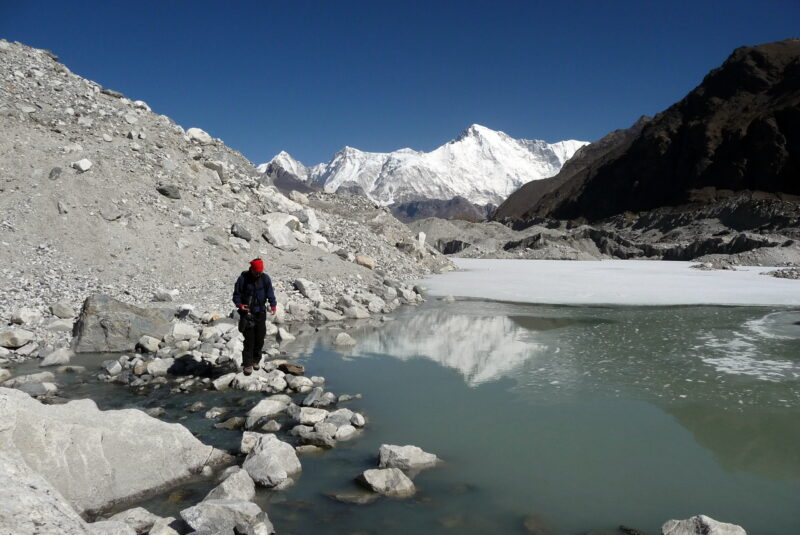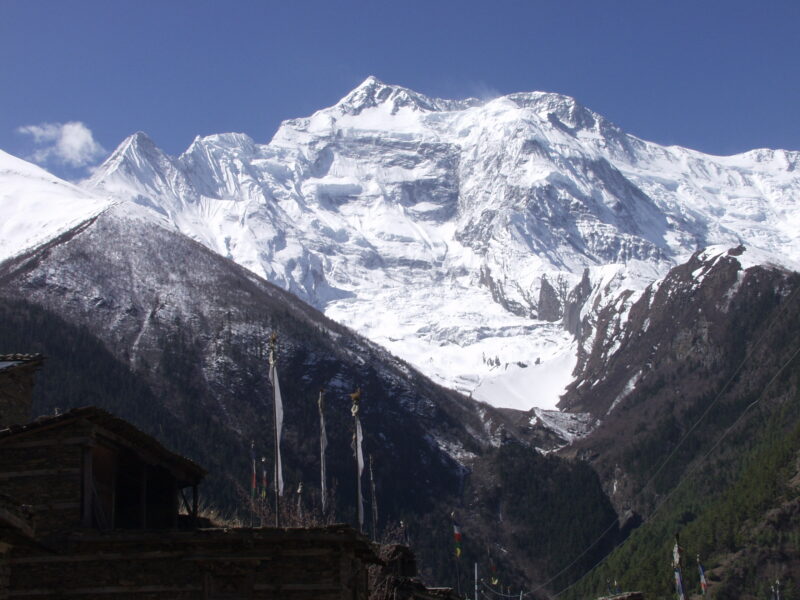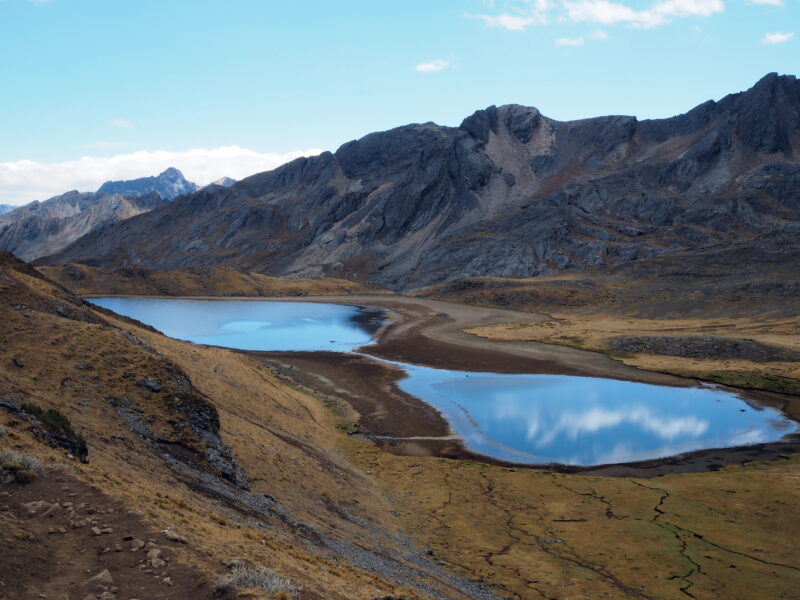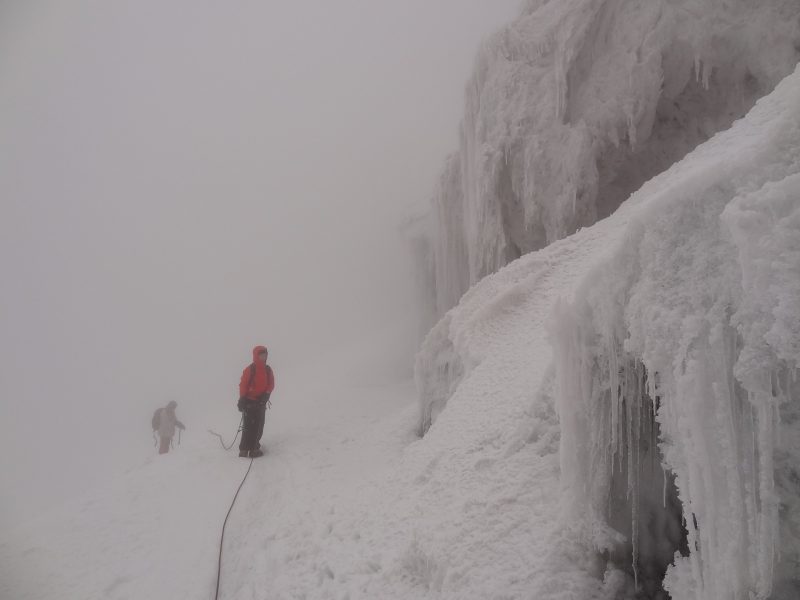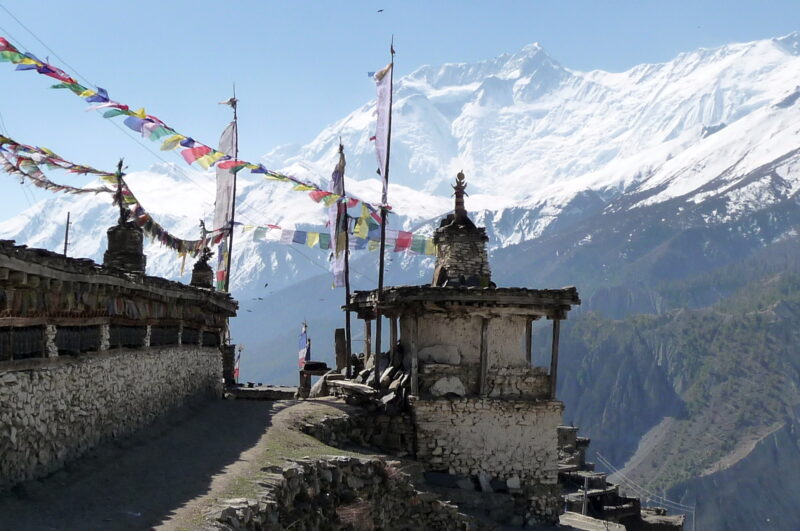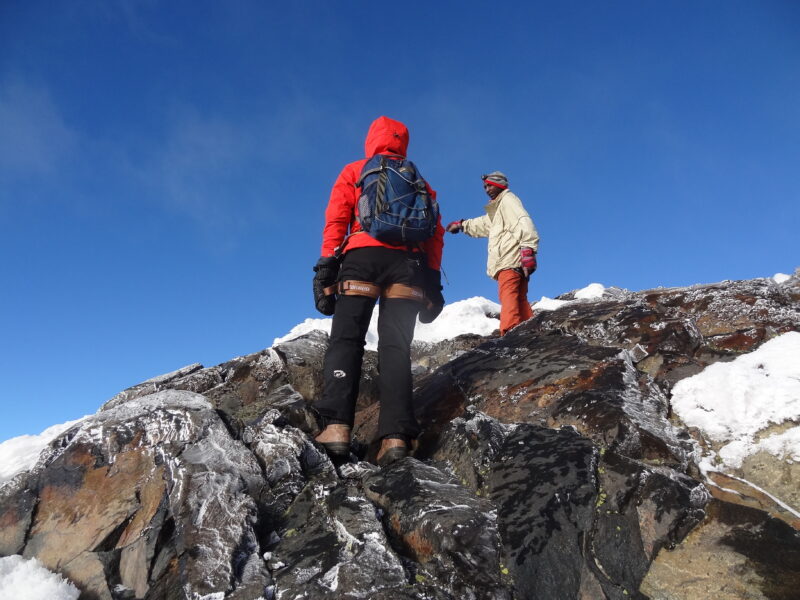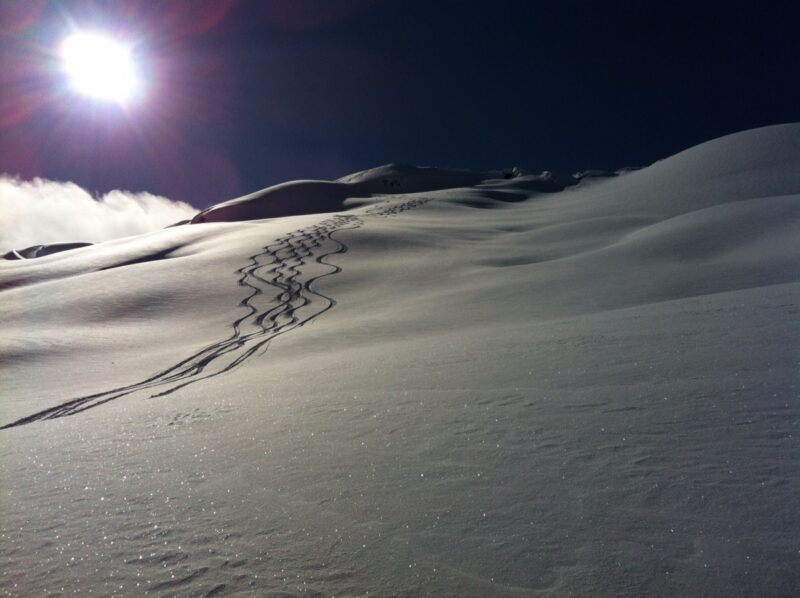Altitude medicine
Reinhold Messner and the Yeti – visual hallucinations are rare signs of altitude sickness.
Altitude sickness
Headaches, nausea and insomnia are more common – many enthusiastic mountaineers and high-altitude trekkers have become acquainted with them. Altitude sickness can also be dangerous. The full manifestation of the disease is life-threatening – pulmonary edema (water in the lungs) and cerebral edema (swelling of the brain) occur.
Altitude training
The individual climber’s sensitivity to altitude sickness is innate and has nothing to do with physical fitness. The only way to avoid this dangerous condition is to slowly adapt to the altitude. There is a way to carry out this adjustment at home (= early acclimatization). We carry out an individual training for altitude adjustment (ALTITUDE TRAINING) in our altitude training center.
Altitude test
With an altitude tolerance test (ALTITUDE TEST), we can assess your individual suitability for altitude and thus assess possible problems – such as the occurrence of altitude sickness – on a planned tour.
High-altitude fitness tests and advice on all high-altitude medical topics are carried out by internists with medical and mountaineering experience.
Tips for the trekking pharmacy see below.
Of course, our entire travel medical offer is available to you as part of a high-altitude medical consultation.
Altitude sickness affects not only mountaineers or trekking tourists, but also tourists who, unaware of the problem, visit tourist sites at high altitudes (e.g. Lake Titicaca, Machu Picchu, Tibet, Leh in Ladakh). It is caused by a lack of oxygen and usually occurs from an altitude of 2500 m.
The most common symptoms of altitude sickness are headache, loss of appetite, nausea, vomiting and lethargy. The onset of the disease is not related to age, gender or fitness!
Health risk of altitude sickness lies in the formation of life-threatening changes in the lungs (pulmonary edema – pulmonary dropsy) and in the brain (cerebral edema – swelling of the brain).
The warning signs of developing pulmonary edema are shortness of breath (even without exertion), coughing (sometimes with bloody sputum), rattling breath, and severe fatigue.
The brain swelling leads to increasing headaches, unsteady gait, changed behavior (often aggressive or childish), hallucinations, disorientation, confusion – and finally to a coma.
Individual altitude tolerance, i.e. the probability of the occurrence of altitude sickness, can be assessed with an altitude test .
prevention:
The most important preventive measure against altitude sickness is a slow, gradual ascent. Most recommendations speak of a maximum of 300 meters of altitude per day. Every 3 days or every 1000 meters of altitude you should rest for a whole day. However, the difficulties of reconciling such recommendations with a normal length of vacation and a satisfactory trekking plan continue to cause problems.
A substance called acetazolamide (Diamox) may reduce altitude sickness susceptibility and severity, so preventive dosing may be considered in susceptible individuals.
With altitude training early acclimatization is achieved, which significantly reduces the likelihood of altitude sickness occurring.
treatment:
- Stop ascent, rest may suffice for mild forms
- Paracetamol can be taken for headaches
- if symptoms do not improve – descent
- if signs of pulmonary or cerebral edema (see above) IMMEDIATE descent
never leave someone with symptoms of altitude sickness alone!!
Tour and trekking pharmacy
General package
- Plasters, compresses, elastic bandages
- triangular scarves
- Medical tape
- Scissors, tweezers, needles
- suture material
- clinical thermometer
- Alcoholic disinfectant (e.g. Betaisidona Solution®)
- heat foil
- Splinting material (e.g. Sam-Splint®)
- Water sterilization tablets (e.g. Micropur®)
basic drugs
- Nausea – e.g. Paspertin® drops
- Stomach pain – e.g. Buscopan® dragees
- Headache and toothache, fever reduction – e.g. paracetamol
- Back and joint pain – e.g. Voltaren® 100 mg
- Severe pain (emergency) – e.g. Tramal® 50mg capsules
- Cough stimulus – e.g. Paracodin® drops
- Sunburn, insect bites – e.g. Decoderm® ointment
- Lip balm – e.g. Anthelios®
- Sun protection – e.g. Avène
- Eye irritation – e.g. Betnesol® ointment
- Blisters – e.g. Compeed®
High-altitude prophylaxis (only after consultation with a high-altitude doctor!!)
- Azetazolamid® 125 mg 2 x 1 tablet (> 80 KG 3×1 Tbl)
From 2500 m for a maximum of 3 days
Contraindication: diabetes, severe kidney or liver disease, caution in case of sulfonamide allergy - Malaria prophylaxis / treatment:
Exposure prophylaxis eg. Nobite Clothing®, Nobite®, Bug Proof®, Flystop®
Drug prophylaxis – Malarone®, Doxycycline®
Drug emergency therapy – Malarone®
Diarrhea
- Mild diarrhea
Possibly (!!) e.g. Imodium®, accompanying symptoms such as nausea or abdominal cramps see above - severe diarrhea
Antibiotic e.g. Ciproxin® 500 mg 2×1 (5 days) or Azithromycin 500 mg over 3 days - Diarrhea with flatulence in the Himalayas
Metronidazole ® 250 mg 3×1 (5 days)
„General antibiotic“
For throat, lungs, infected wounds – Augmentin® 1g 2×1 tablets
Important general tips:
No aspirin at altitude!!
No sleeping pills at altitude!!
Hypertensive Patients:
No beta blocker!!
Diabetic:
Insulin must not freeze
Blood sugar test often wrong at high altitude
Certificate for taking insulin with you
No Diamox® for altitude prophylaxis
